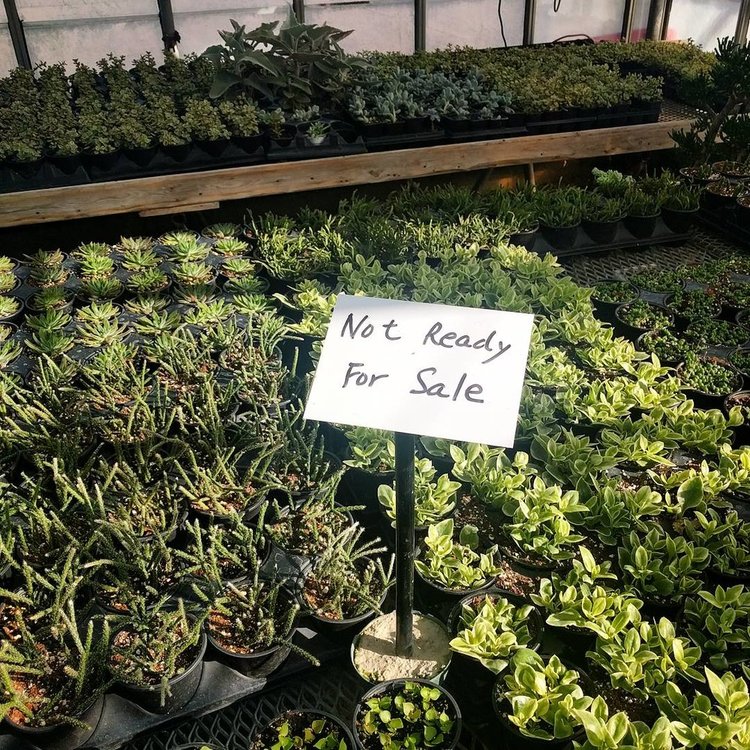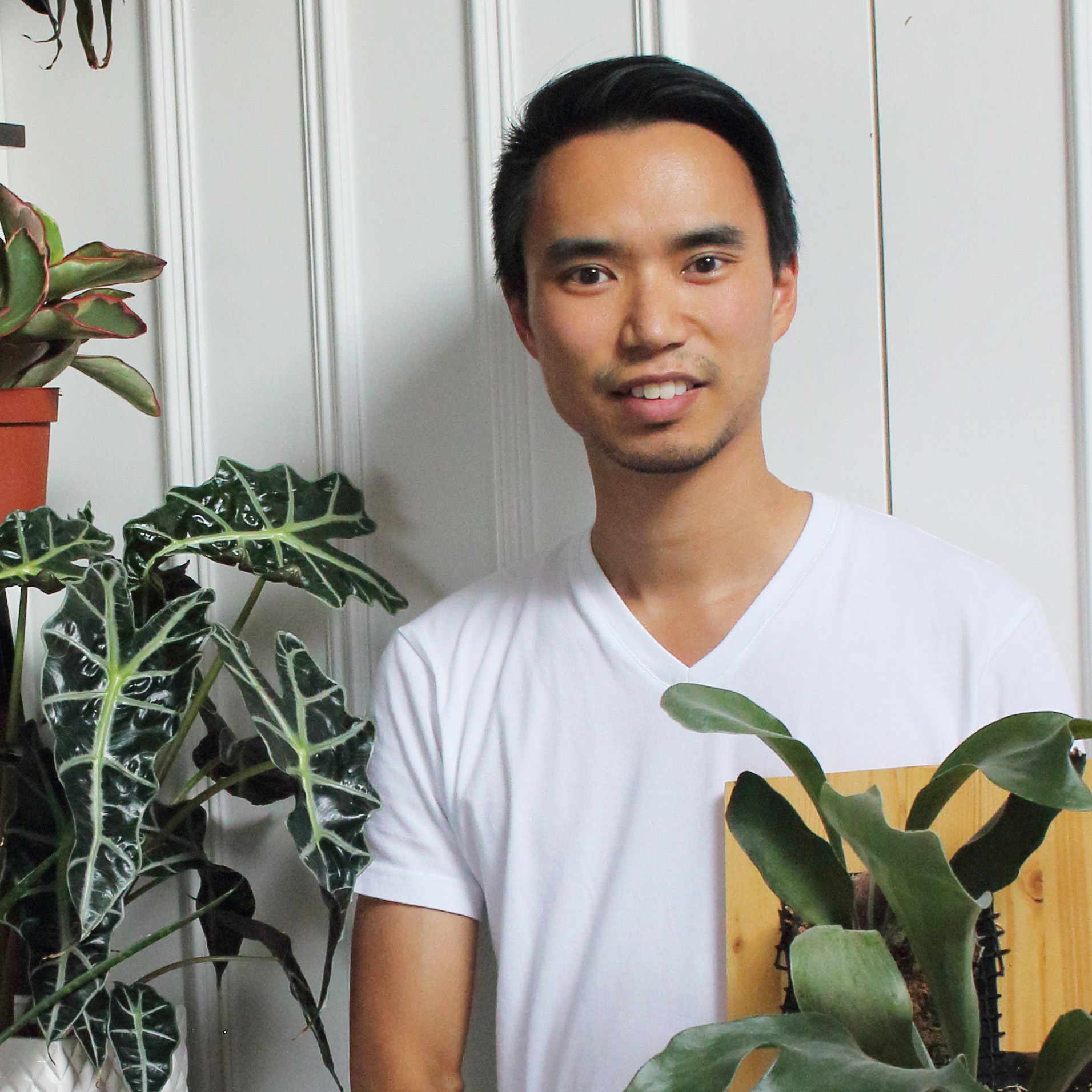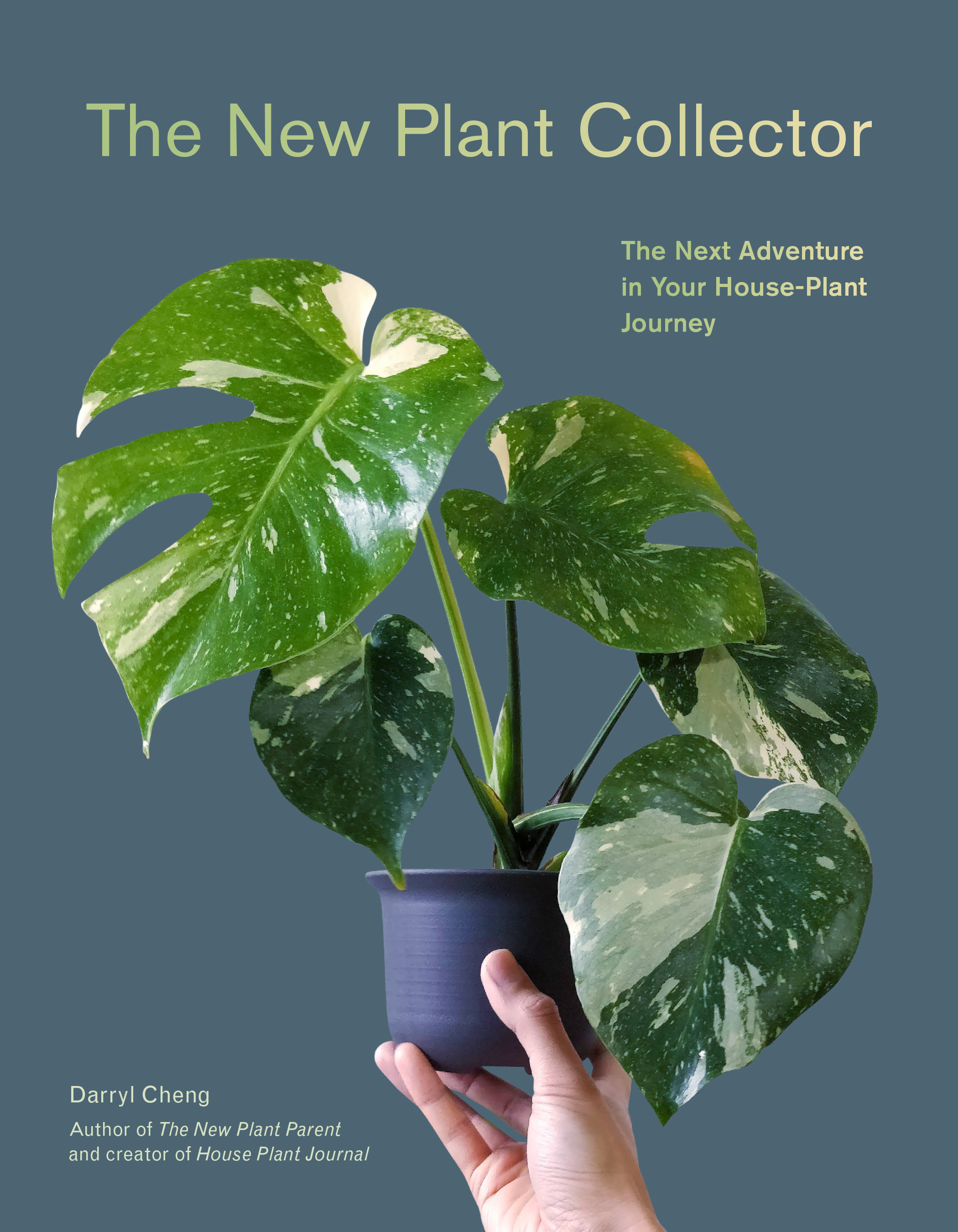To become a better plant parent, you must understand where your plants came from and what they think of your home…

What’s going on at the plant nursery?
- Perfect Light: these plants get an unobstructed view of the sky and, in the case of tropical foliage, direct sun is partially blocked by sheer fabric that lines the greenhouse roof. And most importantly, the light is directly overhead so plants grow in the expected upright direction
- Ample Watering: with so much light, plants will be photosynthesizing rapidly, which therefore necessitates a consistently moist soil environment. Because of rapid water usage by photosynthesis and good air circulation, there’s little chance of mold
- Fertilization: again, with all the growth happening, other nutrients will need to be replenished
- Root Aeration: notice that in most commercial greenhouses, potted plants are in plastic pots with holes that we typically refer to as “drainage holes” but in the nursery, they also serve the purpose of allowing plants to be aerated from below in addition to on top of the soil
So plants growing at the nursery are hard at work producing carbohydrates from photosynthesis and using that stored up energy to grow structurally.
How does this compare to your home environment?
- Light: if we’re only considering tropical foliage plants that do not need full sun, even for indirect light, the inside of your home is getting at best 25% the light they got at the nursery. This drastic reduction in light completely changes how we must look after a plant in a home environment
- Watering: light is the major determinant of how quickly soil moisture is used up so you must check soil dryness before adding water. Never blindly follow a schedule and never copy the routine used at the nursery
- Fertilization: there’s really no need for fertilization unless your plant is growing rapidly under greenhouse-like conditions. It is most certainly NOT a supplement/replacement to good light/water
- Root aeration: for some reason, people have a tendency to repot their plants directly into decorative containers. Whether or not they have a drainage hole, this potting method reduces root oxygenation and thus, overall root health
Stay tuned for the next blog post where I’ll give some ideas about what can be done in light of these growing conditions. I hope this has changed your perspective about the plants growing (or starving) in your home.

